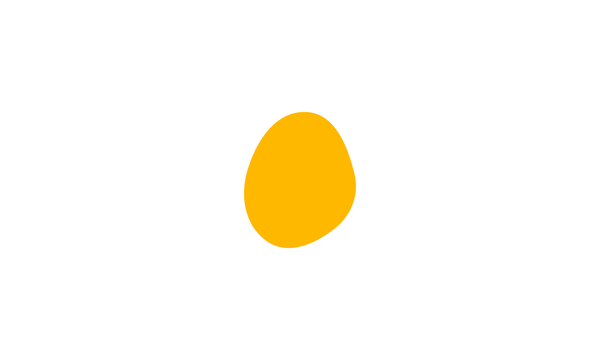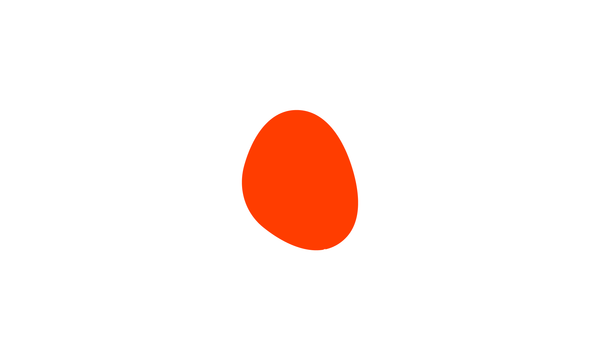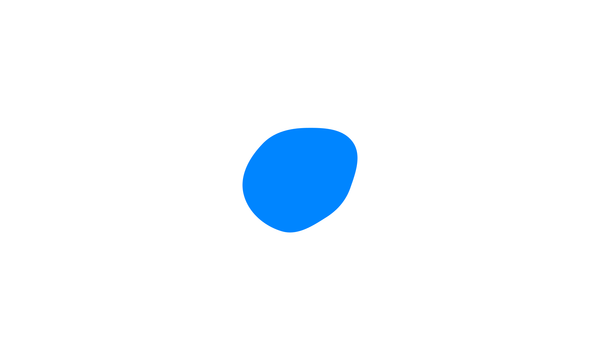Understanding the difference between income and profit

As a creator, it’s easy to track progress by how much money is coming in, and income is visible. It’s what shows up in your dashboard, your brand contracts, and your Stripe account. But if you’re serious about building a sustainable business, income alone doesn’t tell you enough. The real measure of health is profit.
Understanding the distinction between income and profit is fundamental to any business, and creator businesses are no exception.
Clarifying the terms
Income refers to the total revenue your business generates. This includes brand deals, platform payouts, affiliate commissions, subscriptions, product sales, and any other form of monetization. It’s your top-line number, the gross total, before expenses are considered.
Profit is what remains after subtracting the cost of doing business. That includes operational expenses like editing and design, software, equipment, freelance support, advertising, travel, and, yes, taxes. If you’re running a registered business, this also includes what you pay yourself as an owner. So, if your business earns $10,000 in a given month and operating costs amount to $6,000, your profit is $4,000. That’s the money your business actually retains.
Why profit is a more meaningful metric
Income can grow quickly, especially in a market where attention translates directly into revenue opportunities. But growth without margins is fragile. If your expenses scale as quickly as your earnings, or if you’re reinvesting everything without a plan, you’re not building leverage. You’re building a treadmill.
Profit is what creates breathing room. It’s what allows you to plan, to invest strategically, and to pause when needed. It’s what gives your business the capacity to evolve without burning you out in the process.
The hidden signs of a margin problem
It’s possible to celebrate higher revenue while quietly feeling less in control. Maybe you’re closing more deals but still find yourself behind on payments. Maybe your rates have remained flat while your production costs have increased. Or maybe you haven’t paid yourself in months despite the business appearing “successful” on the surface.
These are signals that something’s off, not with your creativity but with the structure supporting it.
Where to start
You don’t need to become a financial expert. But you do need visibility. That starts with tracking both income and expenses consistently, reviewing your margins over time, and making intentional decisions about how money moves through your business.
For some creators, that may mean creating a monthly P&L (profit and loss) snapshot. For others, it might mean separating business and personal accounts to get a clearer picture of how much the business actually costs to run. In either case, the goal is the same: to ensure that the creative engine you’re building is one you can actually sustain.
Need a second set of eyes?
Friends We Trust connects creators with vetted experts who specialize in business strategy, financial planning, and operations. If you’re looking to make your income work harder or want to understand your numbers with more clarity, we’ll match you with someone who knows how to help.




